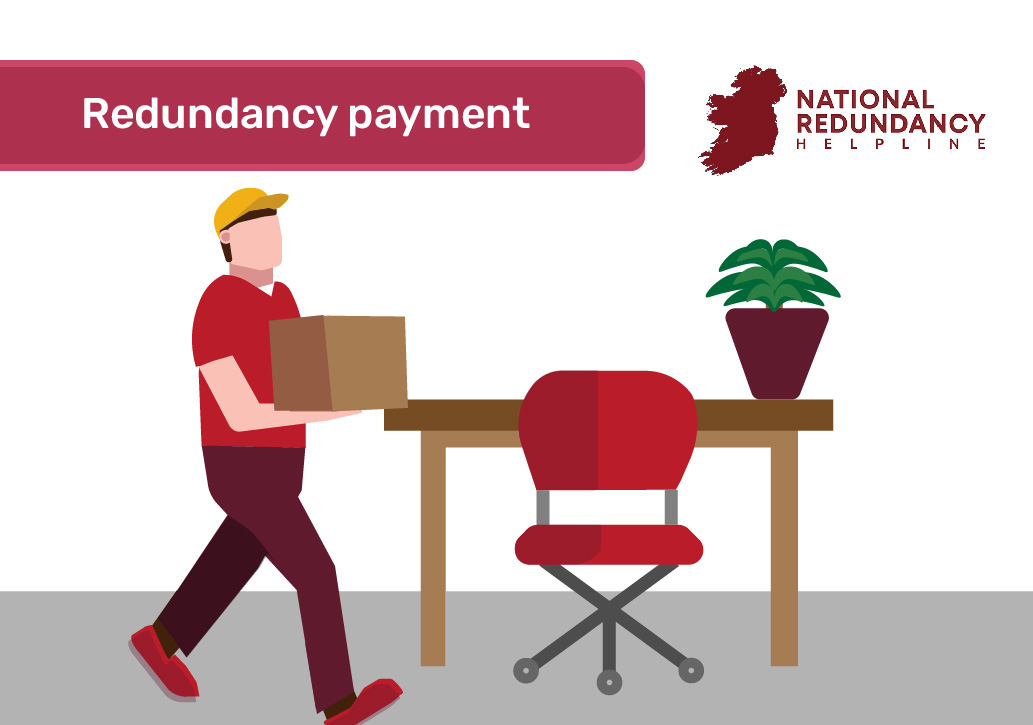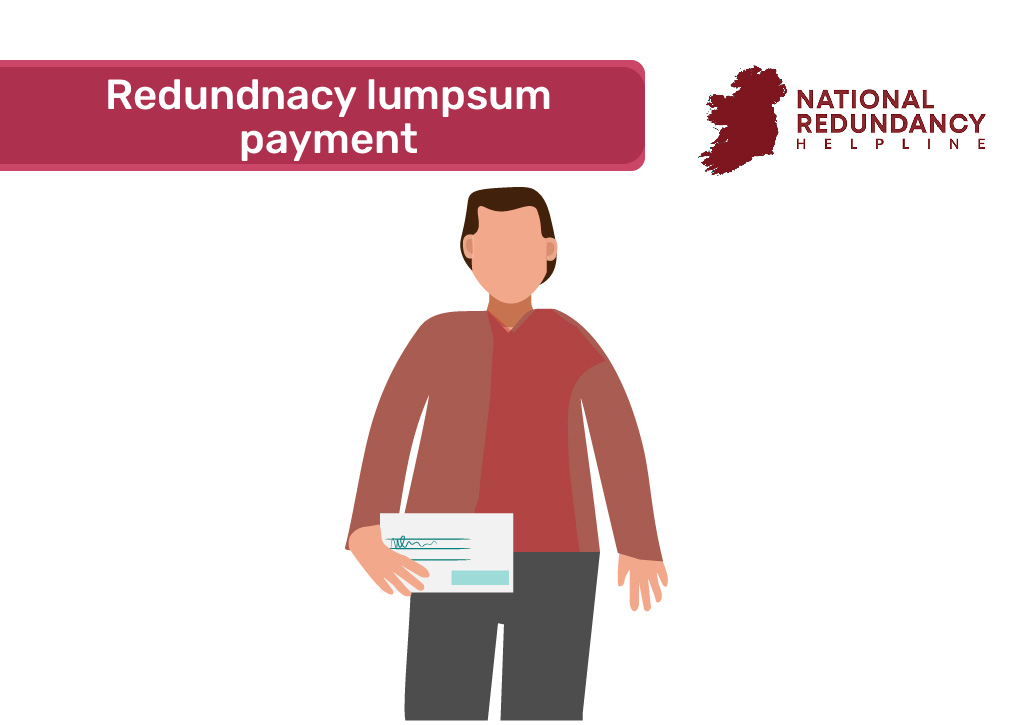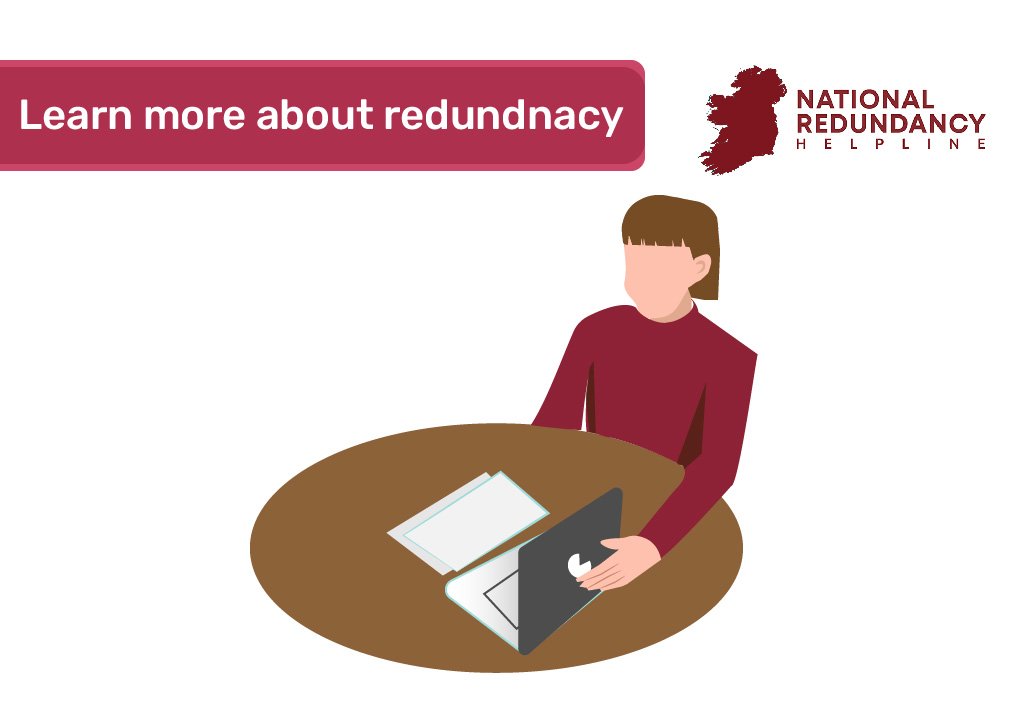The world of business at times can be unpredictable. This means that it is often hard to see what direction a company is going in.
It can be very quick and sudden that changes occur in the world of business. Whether you are a business owner or an employee, this can impact you massively.
Losing your position in a company due to closure or a reduction in the number of staff could put you in an unfortunate situation. Luckily enough, you may be entitled to a redundancy payment in these instances.
Redundancy payments can really help you to get back on your feet and stay in a good position, despite these unfortunate changes.
The laws around redundancy are fully focused on getting the best outcome for the affected persons.
If you are facing issues such as these ones, you should be sure to get in contact with the National Redundancy Helpline. Here, a team of experts can get you the help you need.

What is redundancy payment?
The term redundancy refers to losing your professional position due to closure or a reduction in the number of employees. This can be a common occurrence for struggling businesses.
A redundancy payment can be made to people who find themselves out of work as a result of this. Professionals who have worked for two years in a role are entitled to a redundancy payment.
Persons who have worked below this period of time will not be entitled to the payment.
How much is redundancy payment?
Redundancy payment will differ based on your own situation. The factors that decide how much redundancy payment you get are the income you had, and the length of service you provided.
People who are in service within a company for longer will likely be entitled to a bigger payment.
The maximum redundancy pay amount is €600 per week. Even if you were earning above this number, this is the maximum cap.
The redundancy payment is paid to individuals in a lump-sum.
Persons receiving redundancy payment will receive two weeks of pay for every year they worked under the company. For example, if you worked in a company for four years before losing your position, you would be entitled to eight week’s pay.
You are also entitled to one week’s additional pay. This is also capped at €600.
There are situations in which your employer can increase the amount of redundancy payment you get. They can choose to contribute to a top-up payment.
Employers are not entitled to provide you a voluntary top-up payment.

Do you pay tax on your redundancy payment?
You will not have to pay tax on your statutory redundancy payment. This payment is tax free.
The full lump sum payment will be paid in full to you.
Who is eligible for the redundancy payment?
You must be over the age of 16 in order to receive redundancy payment.
The employment that you had must have been fully insurable in regards to social welfare acts.
You must have completed at least two years of continuous employment to be eligible for redundancy payment. Any less and you will not be permitted the payment.
Your employment must be with the same employer for the duration of a minimum of two years.
You can receive the redundancy payment whether you are working full-time or part-time.
You must have been made redundant. This means that your employer is releasing you from your professional position.
Valid reasoning for this would be reduction in staff or closure of business.
You cannot be replaced by another professional in regards to your role within the company.
Other reasons for termination of contract may not be eligible for redundancy payment.
Your employer must be able to show evidence that your employment has been terminated at the company. This is the case whether you were given a notice of leave or not.
Is redundancy payment legally required?
You are entitled to redundancy legally should you meet the necessary requirements. If you do not meet the requirements, then you are not permitted to receive the payment.
You are not legally required to receive the payment. You will have to contact the National Redundancy Helpline or apply for the payment yourself should you wish to receive it.
If you do not wish to receive the payment, then you are legally not obligated to do so.
Your employer has no legal obligation to contribute to your payment. This means they do not have to make a top-up payment.
The employer top-up payment is considered ‘voluntary’. Employers and their redundant employees may come to an agreement about their top-up payment, although it is not a legal necessity.
How is redundancy payment made?
You will receive your redundancy payment in a lump-sum.
Your employer should make the redundancy payment on your final day of employment. This means you should receive the payment on your next due payday, based on your employment.
Your payment will be made into your bank account, or where you normally receive payment from your employer.
Your redundancy payment should not take any longer than a regular paycheck. If it does, be sure to contract the Redundancy Helpline.
A written statement should be provided to you by your employer to confirm that the payment will be made.
If your employer will not pay your redundancy payment, then you may need to seek advice and help regarding the situation.

Learn more about redundancy today
If you have any outlying questions about redundancy, you can talk to an expert about your situation today.
The National Redundancy Helpline can help you learn more about this situation. You can take the opportunity to use their free online assessment section to improve your knowledge.
By using this online assessment, you will be able to talk to a qualified financial advisor, free of charge. They can help to provide more clarity to your situation, as well as offer you helpful advice.



